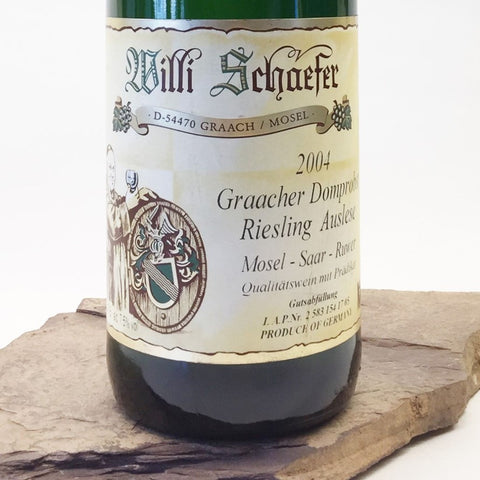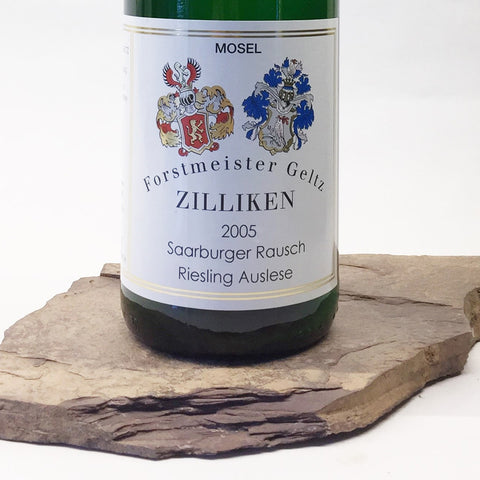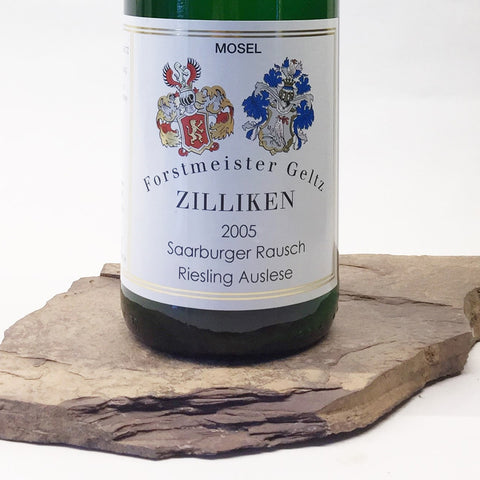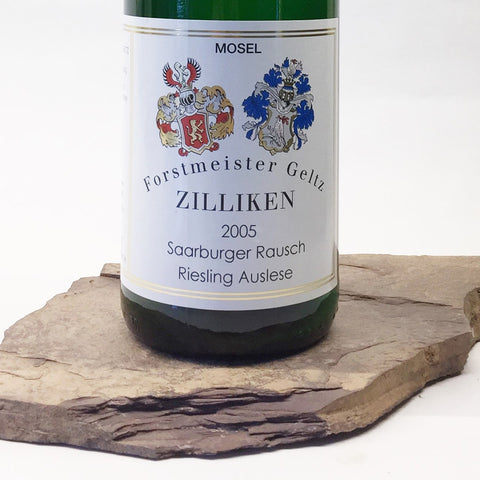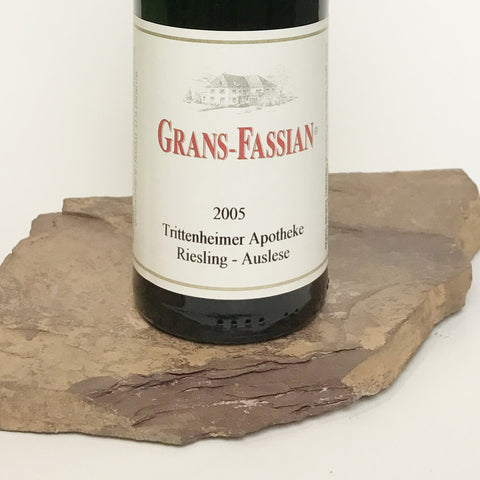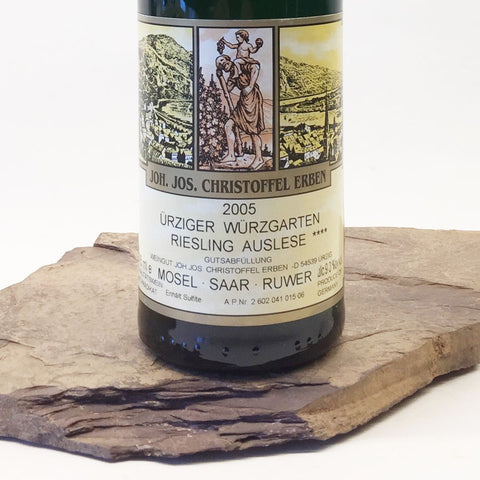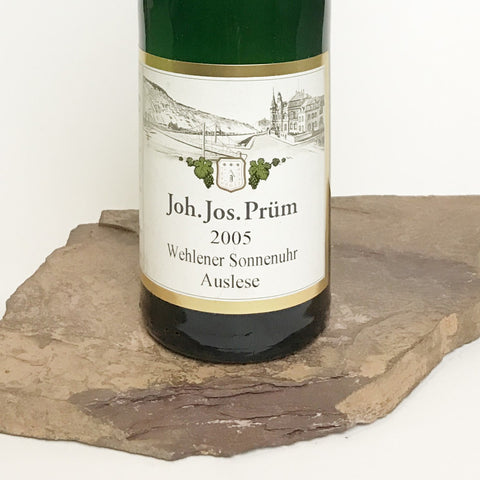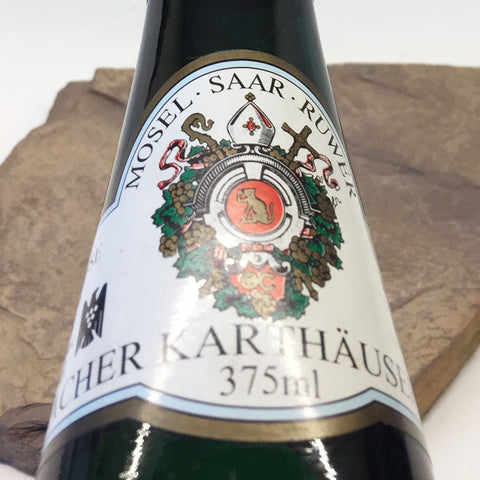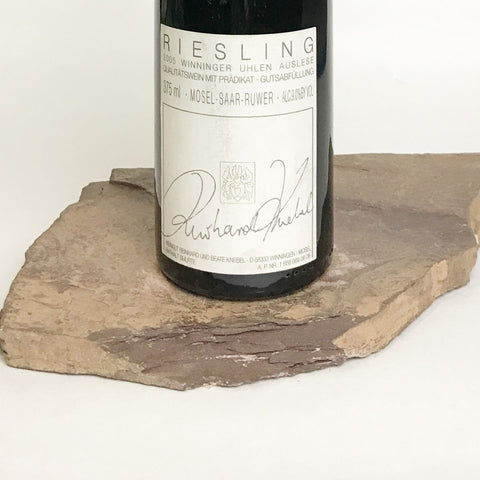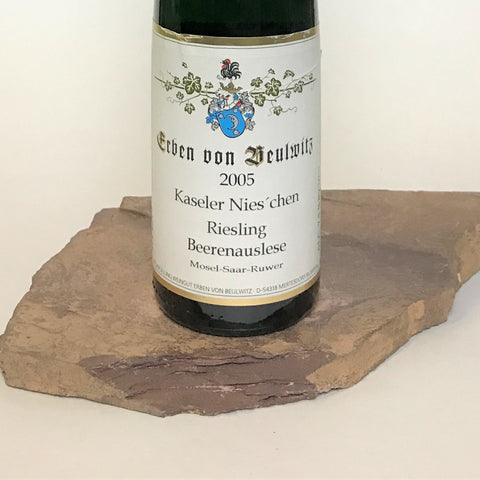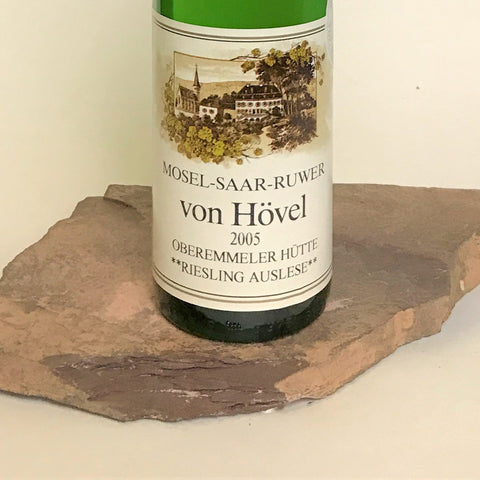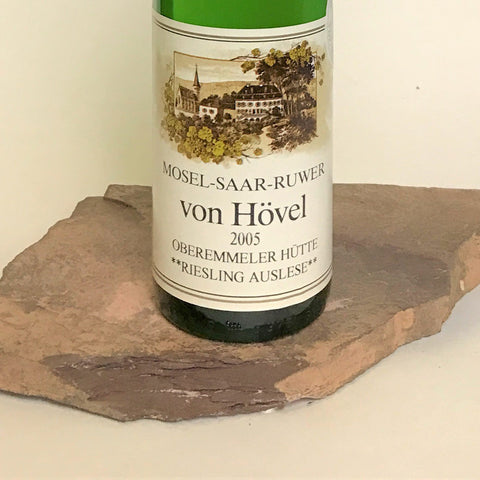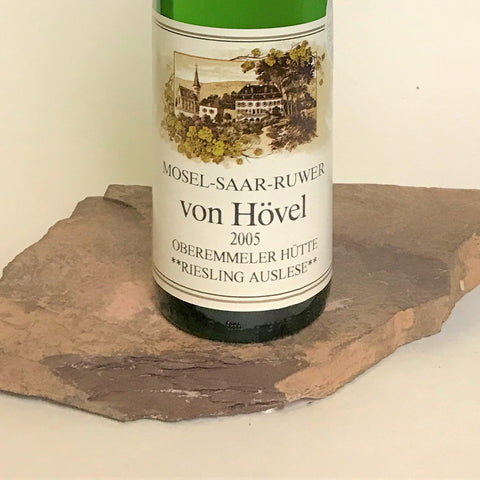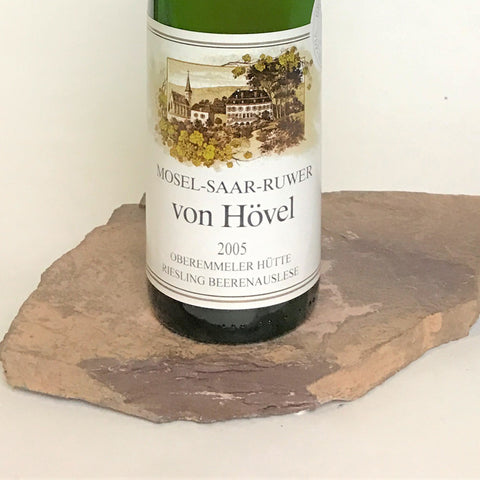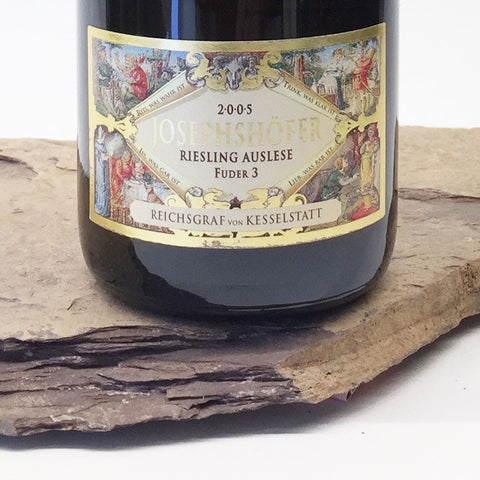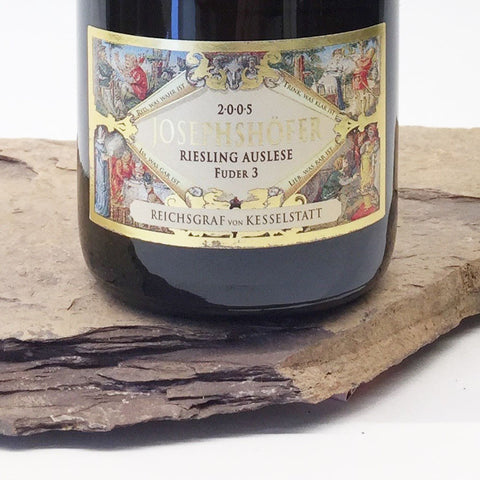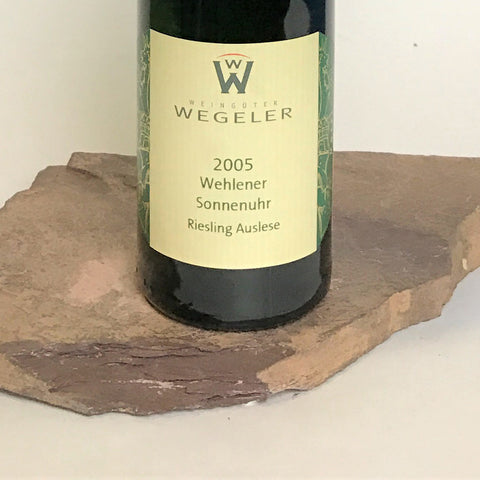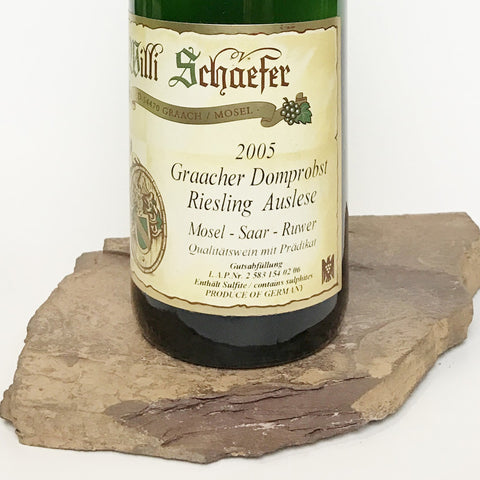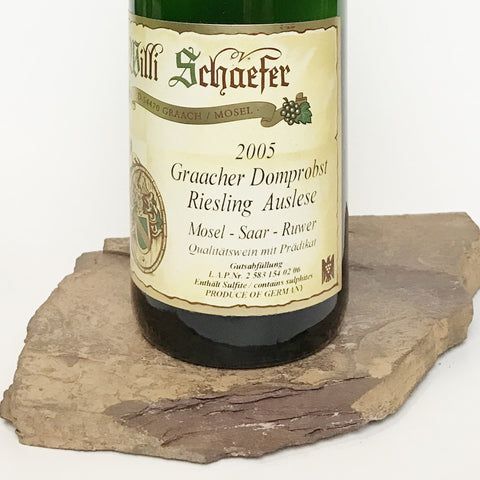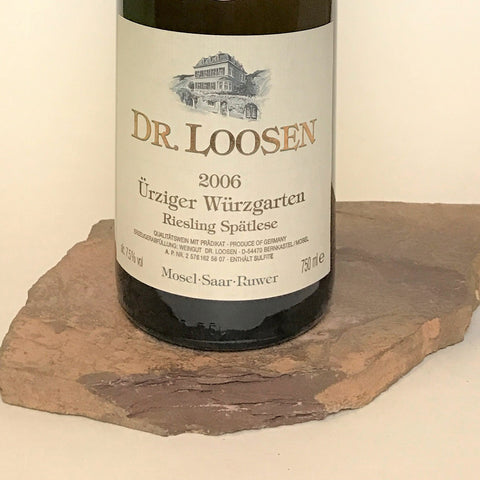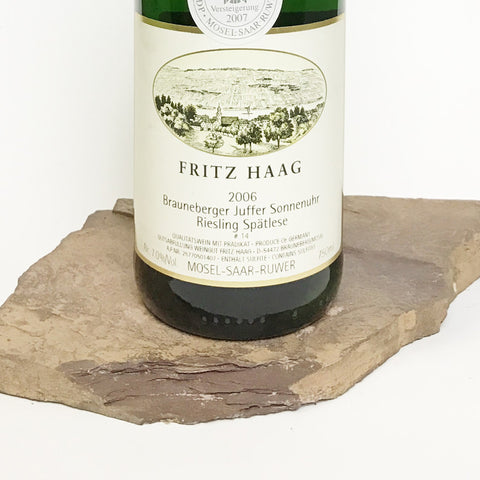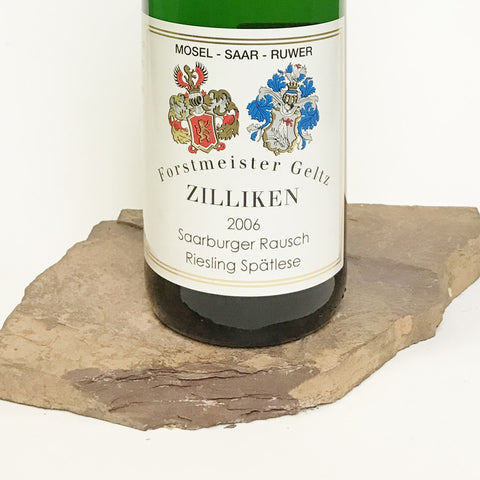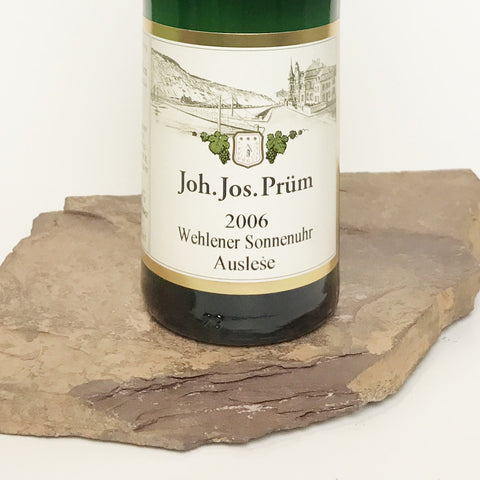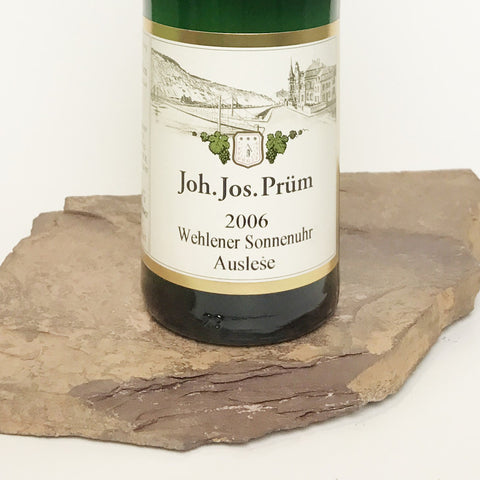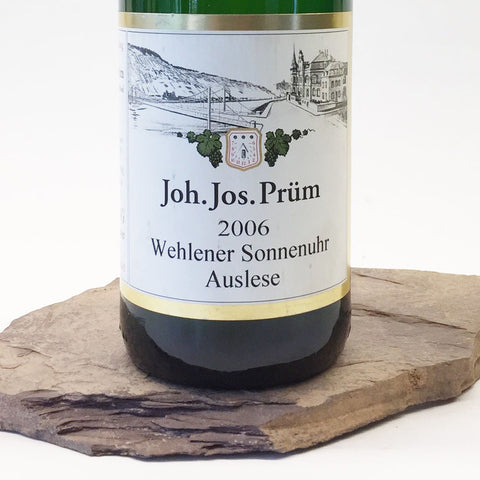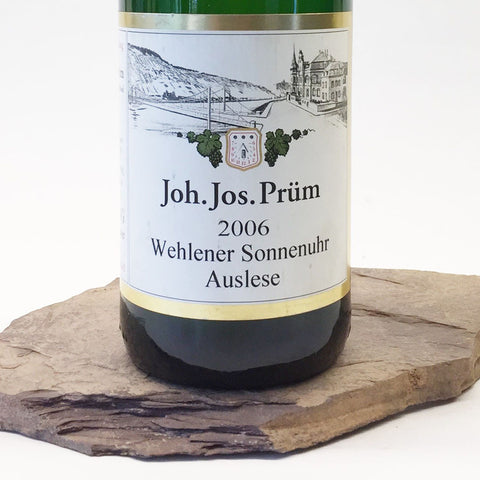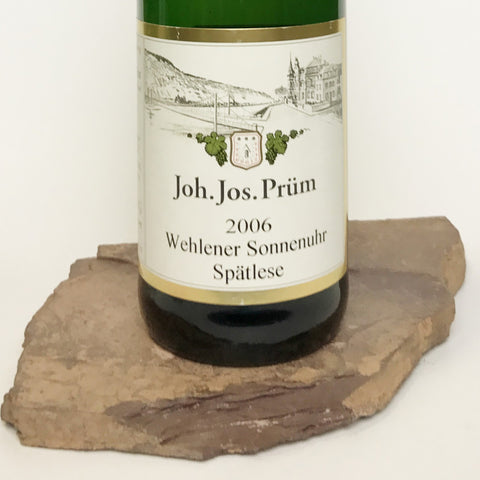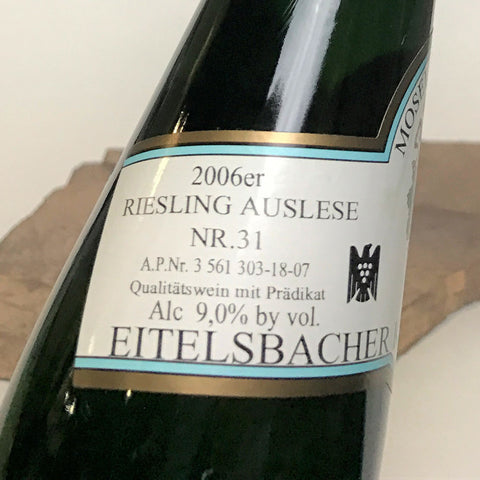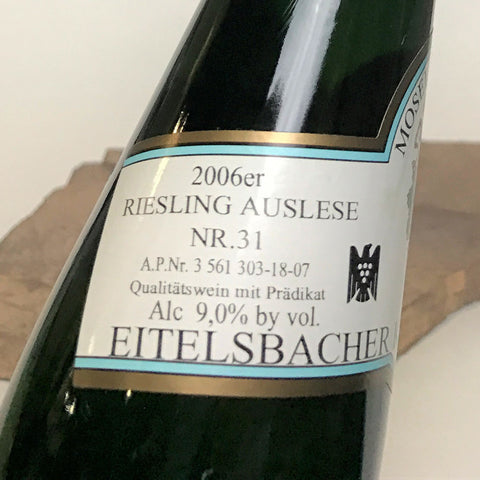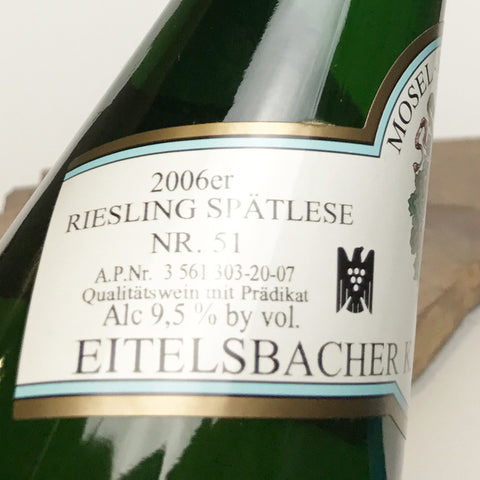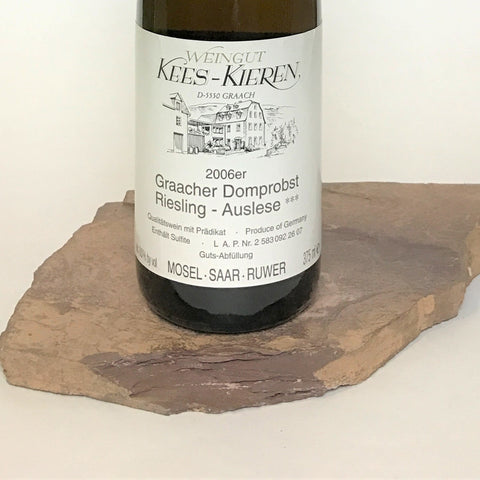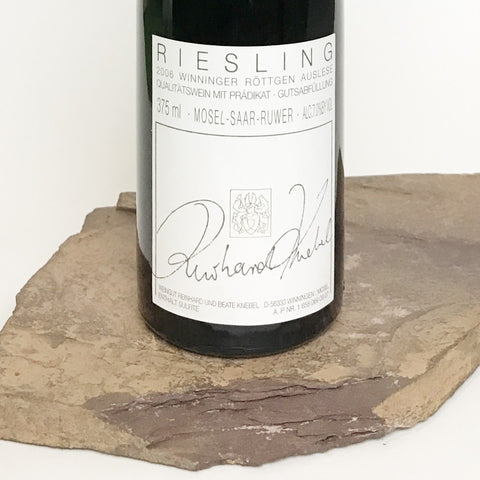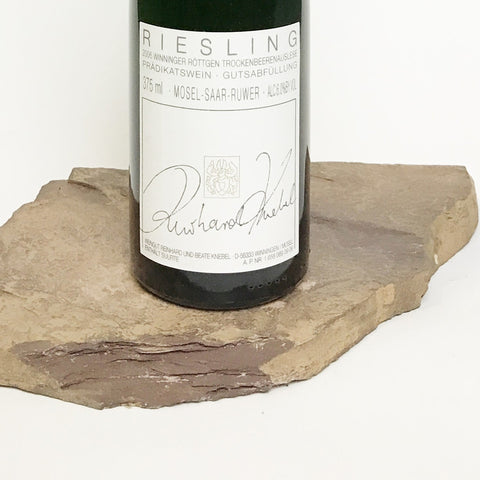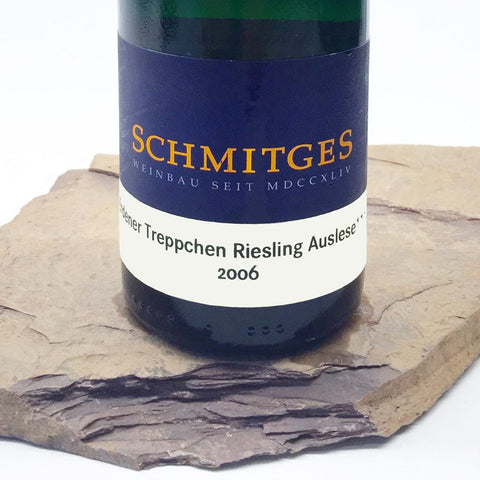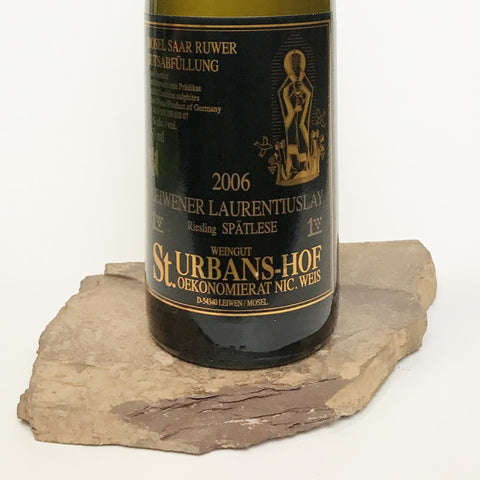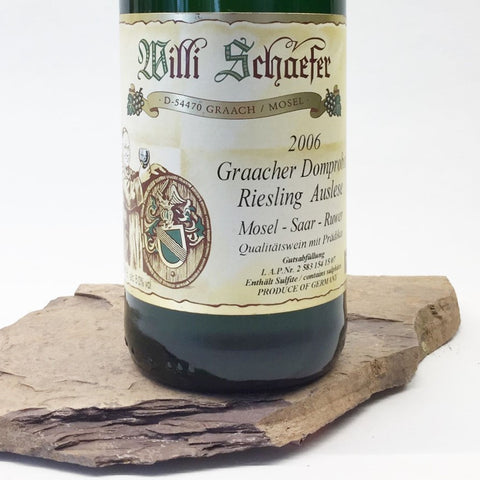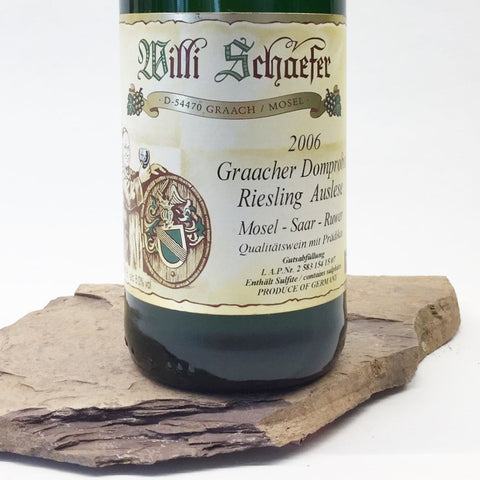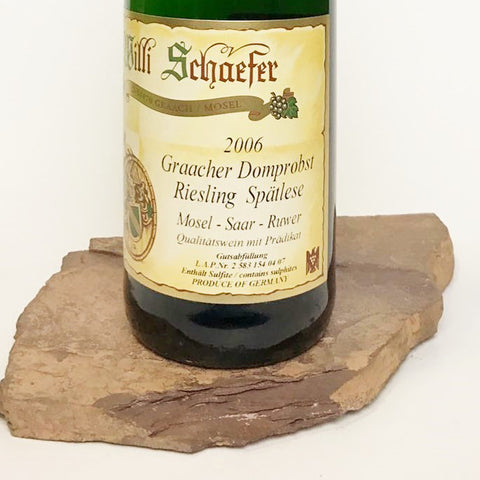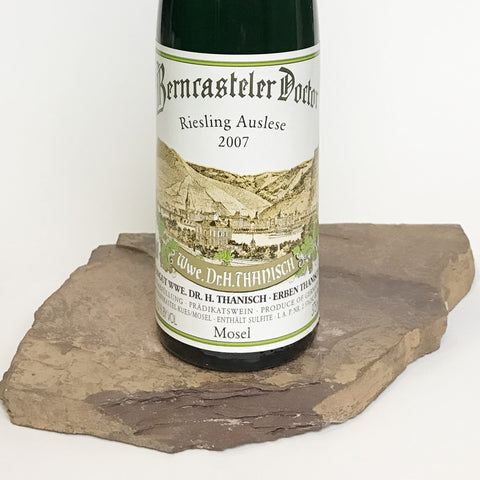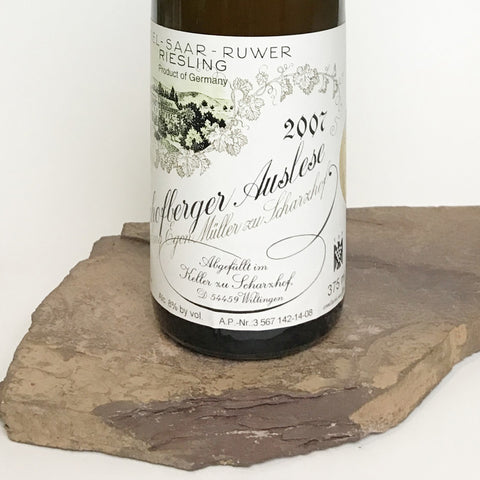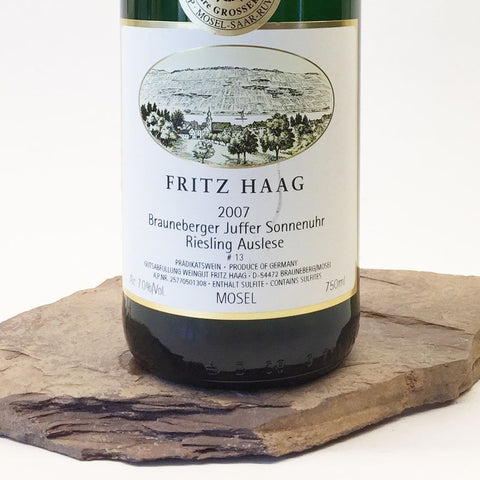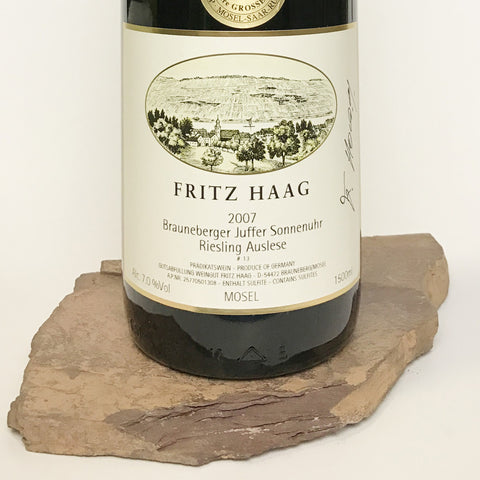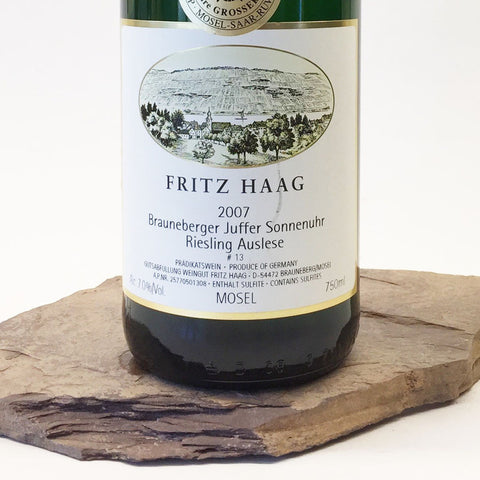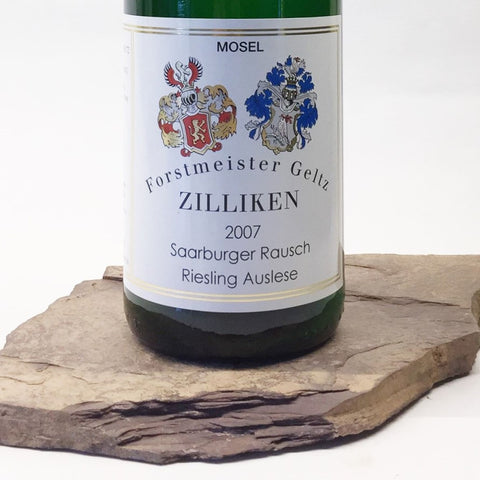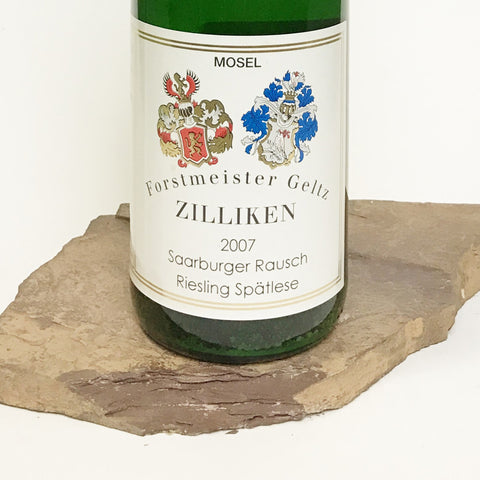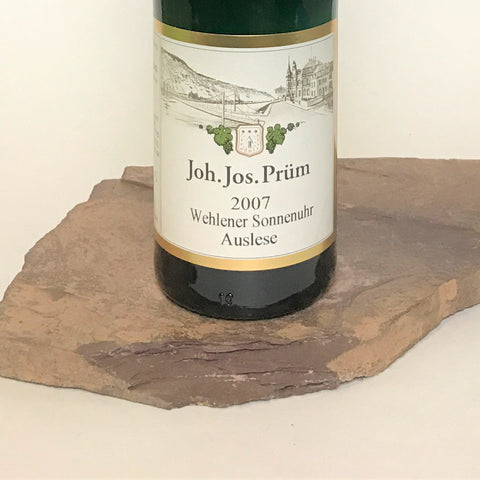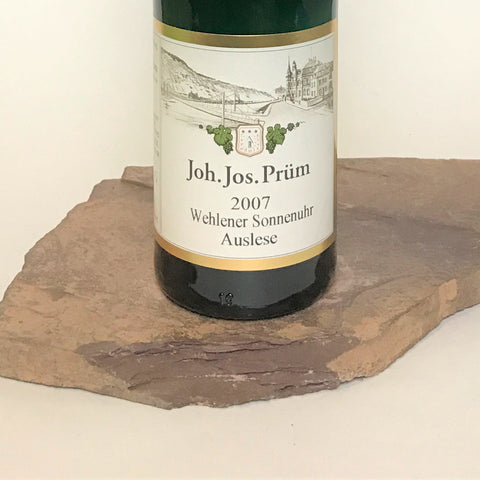Auction
The Annual German Wine Auctions - your chance to acquire rare treasures offered only at these auctions
"The annual German wine auctions are the one time of year when a great many of Germany’s top producers bring their finest cuvees to auction in Trier, Bernkastel, Eltville and Bad Kreuznach over a four day period in September.
It is a golden opportunity for consumers and trade alike to acquire some very rare treasures that are only offered at these annual auctions. However, the format is vastly different from what we Americans think of as public auctions, where we have a paddle with a buyer number and raise it when we intend to bid.
In Germany, tradition dictates that one must be represented by an agent or negotiant (literally—Weinkommissionär) who bids on your behalf. Wines are offered in lots of multiple bottles. Sometimes as many as 1200 and other times as few as one single ultra rare, usually older bottle. The agents essentially stand before the podium with their various commissions to bid from clients with specific limits, and as the price goes up bidders drop out and the quantities are divided up amongst the various agents. If the bidding gets out of hand and the price soars the winemaker, who sits to the right of the auctioneer’s podium, is asked if he can offer a few more bottles or enough to cover the demand in order to keep the price at least fairly reasonable. This sort of heated bidding occurs mostly with the top producers such as J.J. Prüm or Egon Müller, but since everyone in attendance sits at long tables and tastes each lot before it is sold, sometimes even wines from less renowned producers that are showing really well can fetch high prices. It all depends on the individual wines and the vintage.
The general rule of thumb, with a few exceptions, is that wines of the previous year are featured so this year it will be wines of the excellent 2015 harvest, and higher-than-average prices are being anticipated. Once again, it also heavily depends on the quantities offered. Usually, the more wine offered the more reasonable the hammer price because there is enough to satisfy demand, but not always. Take, for example, the 2102 Scharzhofberger Kabinett from Egon Müller, which hammered down at €130. This was higher than most everyone else’s Spätlese and was an all-time record for a Kabinett!
At last year’s Trier auction, the 2003 Scharzhofberger Trockenbeerenauslese, which was offered as the final lot, sold for another record price of €12,000!
But this is the very rarest exception and not the rule. Most prices are quite accessible to the majority of fine wine collectors, but be ready to pay top dollar for the Rieslings from the finest estates that are offered in very limited quantities. You won’t be sorry!" - Dade Thieriot




